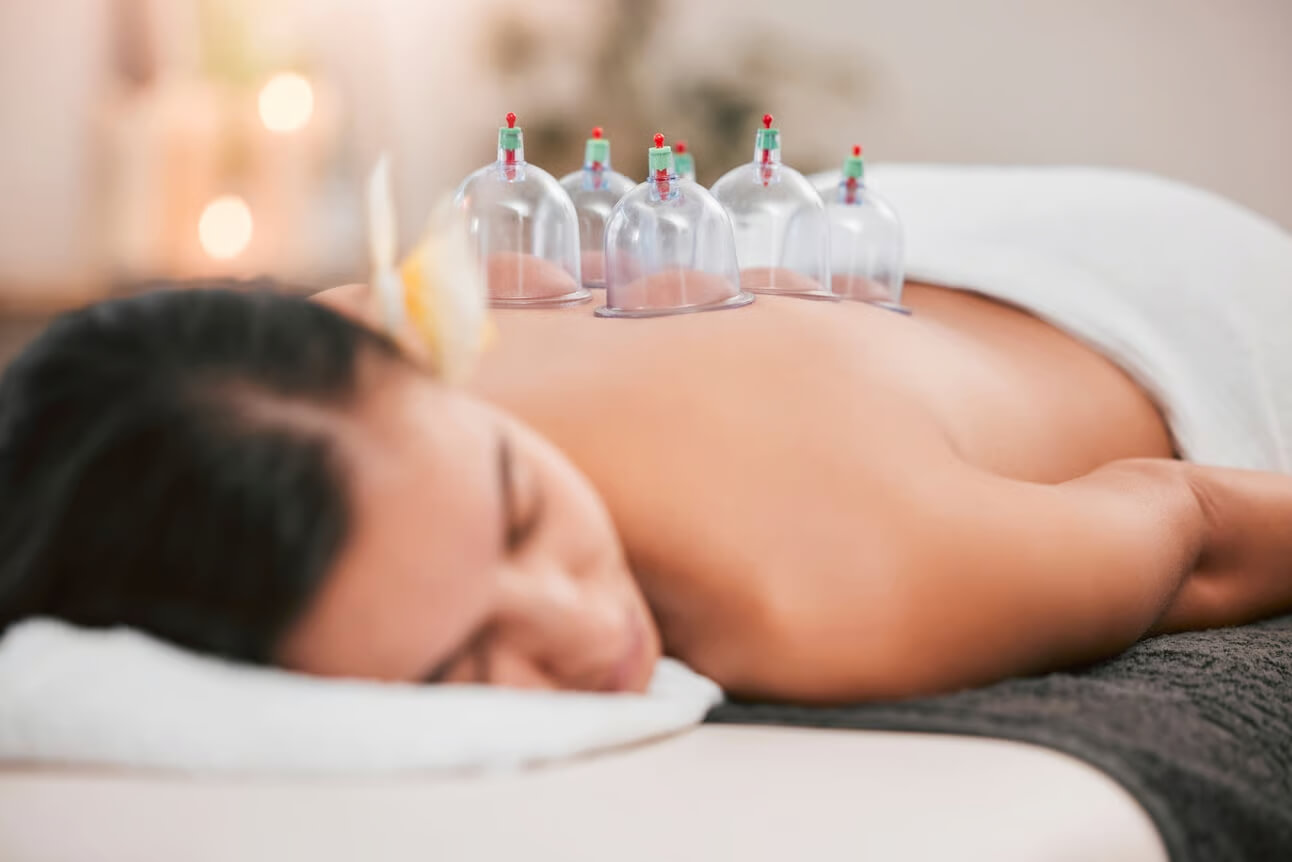Does Rebounding on a Mini-Trampoline Have Bone Benefits?
Think building stronger bones means chugging milk or taking calcium pills? You might be surprised to learn that bouncing on a mini-trampoline could help too—here’s what the science says.

When we think of bone health, we usually picture calcium capsules or those “Got Milk?” ads. But could jumping on a mini-trampoline—known as rebounding—boost your bone mineral density too? Before we “jump” to conclusions (couldn’t help myself), let’s dig into the science.
The Mini-Trampoline Craze
Mini-trampolines were all the fitness rage in the 1980s and 1990s, but they also caught the attention of NASA, which wondered if rebounding could help astronauts regain bone density and muscle mass after returning from space.
NASA discovered that rebounding is 68% more effective than jogging, as it expends less energy and places less stress on the cardiovascular system and joints. But that doesn’t mean rebounding is a magic bullet for improving bone mineral density alone.

Bouncing Into The Science
On the pro side, a study found that postmenopausal women who rebounded for just 20 minutes, three times a week, showed significant improvements in lumbar spine bone mineral density over 12 weeks (Fricke et al., 2021).
These gains likely came from two factors:
- The mild impact loading (which is gentle enough to stimulate bone growth but not so intense that it causes damage).
- The way your muscles work harder to stabilize your body with each bounce.
However, not all studies agree. A 12-week trial had older women (ages 56-83) with osteopenia do balance, strength, and rebounding exercises on mini-trampolines twice a week for 45-60 minutes per session.
The researchers found that although participants showed improvements in balance, strength, gait speed, and reduced fear of falling, the actual changes in bone density in the spine and hip didn’t quite move the needle in a statistically significant way (Posch et al., 2019).
Where This Leaves Us
Does this mean we should leave mini-trampolines back in the 80s alongside leg warmers and VHS tapes? No! Rebounding is a great way to improve your mobility, posture, and balance, all of which are critical for reducing fracture risk as we age.
Just don’t expect rebounding to be a miracle cure for increasing bone mineral density. Its direct effect may be modest, or possibly nonexistent, without adding higher-impact moves or resistance work to your fitness routine (and as you know, I am a MASSIVE proponent of women lifting heavy weights for overall health as well as for bone density benefits!).
The best approach? Combine rebounding with other bone-building strategies:
- Progressive resistance training. Gradually increase the difficulty of your workouts (lift heavier weights and do more reps) over time.
- Weight-bearing cardio. Do exercises where your body supports its own weight, such as walking or stair climbing (as opposed to cycling or swimming).
- Get plenty of calcium and vitamin D and K. Opt for whole food sources such as dairy, fatty fish, leafy greens, egg yolks, broccoli, and mushrooms.
And always chat with your doctor before starting a new program, especially if you have low bone mass or fracture risk!
Bone Health is Just One Piece of The Wellness Puzzle
If you want to build stronger bones and a stronger body, The Wellness Experiment is your personal wellness program for exactly that.
The Wellness Experiment incorporates all the elements we just discussed—step-by-step workout plans with both progressive resistance training and weight-bearing cardio, as well as tons of bone-building nutrition plans (and recipes!).
This is the exact system I used that literally changed my body to the strongest it’s ever been, and now you can use the same one to achieve your own incredible results.


